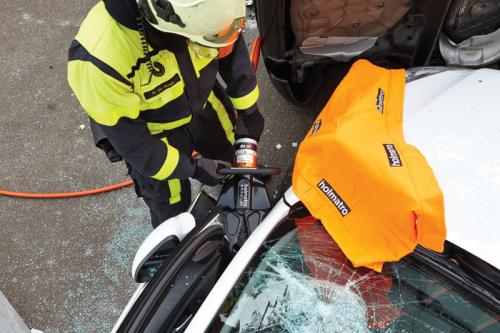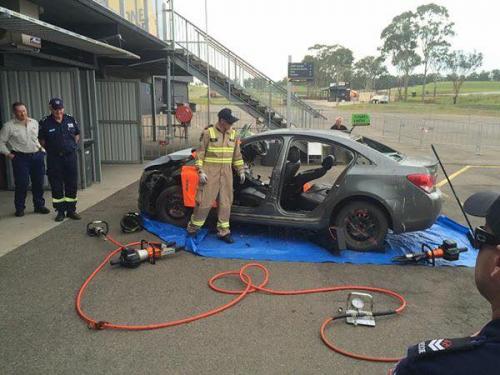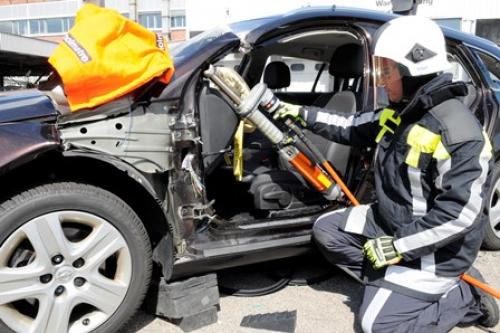Is Extrication Actually Getting Easier?
It occurred to me recently that when I look at all the factors involved in vehicle extrication, I do believe it is getting easier. Why? Well, let me explain.
The principle factors involved in extrication are:
- The vehicle
- The patient
- The equipment
- The rescue operators
Let’s quickly (because this is a blog!) look at each.
The Vehicle
New vehicles are stronger, making extrication more difficult, right? Well providing you have the latest generation of tools, overcoming the vehicle construction is not an issue. The stiffer construction provides a more solid base for our tools, especially when spreading/ramming. This means they work far more efficiently and evolutions are generally more successful. In addition, the increased strength theoretically means there is less intrusion and less space has to be created in order to extricate. Vehicles do have more passive safety features than a decade ago, but they are more intelligent: capacitors now drain virtually instantly, 12v and hybrid systems often isolate themselves (even after low speed impacts) and provided we peel and reveal prior to cutting, the components of SRS systems can easily be avoided.
Stronger and stiffer construction provides a more solid base for rescue tools
The Patient
In general, more technical rescuers have greater awareness of the injured patient and therefore can contrive an extrication plan that aligns to their injuries. Actually dealing with trauma is becoming more and more commonplace to the technical rescuer and the gap between medical and technical knowledge is closing all of the time. In addition, the last 25 years have seen the development of more safety systems and education has meant that vehicle occupants now do more to protect themselves, e.g. wearing of seatbelts.
The Equipment
The type, size, weight and design of equipment mean that it is now easier to use it across a wider range of applications. Rescue tools are generally much lighter than a decade ago whilst maintaining or increasing capacity. This means that the use of tools has become easier and far less of a burden. In some cases, equipment design has actually meant you have more personnel available on scene (e.g. lightweight tools only requiring a single person to operate them).

A tool that weighs only 8.2kg is capable of removing doors
The Rescue Operators
In my view this has seen the greatest advance. The wealth of information now available to the rescuer is simply astonishing if we compare it to 20 years ago. Although information that is widely available on the internet has to be absorbed carefully (to avoid misinformation and disinformation) there is no doubt that social media and the internet have made the extrication world a much smaller and more accessible place. Rescuers are now far more aware of all aspects of rescue and are able to advance their skills at a greater pace. The key however is the maintenance of these skills. If skills are not maintained, the rescuer may be left behind by the advances listed above.

Information and training is now more accessible than ever
Conclusion
Continued development of vehicles and rescue equipment coupled with our increased understanding of key principles has made extrication easier. We now have more mental and physical tools in the tool box than ever before. I concede that some extrications will always present a more complex challenge; it is the nature of what we do. However, I do believe that we are far more capable to deal with anychallenge we face.
As ever I welcome your comments!
Ian Dunbar
